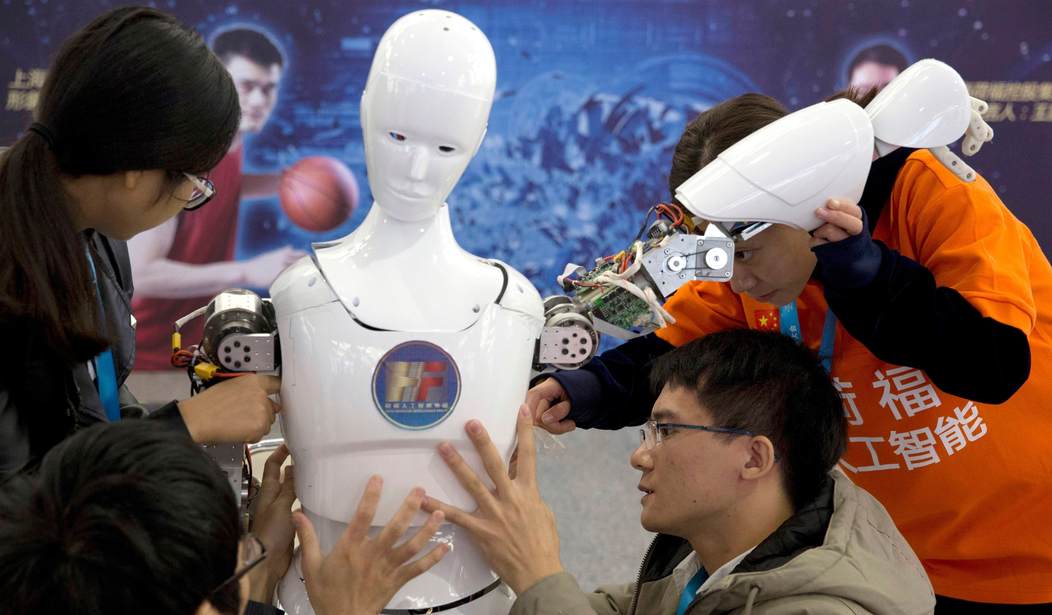We have looked at multiple aspects of Artificial Intelligence here recently, particularly the advancements being made in chatbots such as ChatGPT. While there have been some troubling developments and cases where the technology has appeared closer to something approaching artificial general intelligence (AGI, or roughly the human equivalent of intelligence), there was always one comforting factor. The AI has thus far not been connected to physical things that might cause real-world damage. It’s also only tenuously connected to the internet, so hopefully the exposure on that front won’t turn out to be too terrible.
But that’s all changing now. A UK-based company called Engineered Arts has been developing a next-generation robot named “Ameca” that is capable of various movements, including one of the most complex collections of facial expressions seen on a robot yet. And in case you hadn’t already guessed, they have loaded it with the same AI used in ChatGPT. This robot is a language specialist and she might wind up putting human translators out of work because she’s apparently better at and fluent in more languages than any human will ever be. But after watching a video of Ameca, translators losing jobs might not be the only thing we have to worry about. (NY Post)
They wanted to make language bots more Ameca-ble.
Robots are no longer just fluent in code: A humanoid robot named Ameca — which uses the same technology as OpenAI’s ChatGPT bot — could potentially render human translators obsolete due to her language skills, which span everything from Japanese to both British and American English.
A video showcasing the bot’s superhuman lingual abilities is currently making waves online.
Here’s a video of Ameca. Creepy content warnings should be assumed.
If you watched the video, you probably noticed that the robot went back and forth through a variety of languages and accents, with the tone of the voice even seeming to change. So it probably would be a pretty amazing translator. But the conversation and the robot’s movements raise a couple of other questions for me.
First of all, we couldn’t see all that much of the robot in that video. Can she walk? What are her capabilities? In this interview with one of the designers recorded at CES 2022, Ameca is seen standing upright, keeping her balance, gesturing with her hands and arms, and making a motion suggesting that she can lift and grab things. In a separate interview this winter she said she will have working legs later this year. So if she’s as smart as the other latest renditions of ChatGPT, I’d like to know how strong she is. Has she been programmed with a primary directive to do no harm to a human?
The second thing you likely noticed from the video above is that Ameca was asked about the current weather in multiple places around the world and asked to provide the weather report from each location in the language of that locality. She did so each time almost without hesitation. How did she know what the current weather is in all of those places? Is that thing hooked up to the internet by wifi or something and able to immediately access such data via Google? I suppose she may have just made up an answer since ChatGPT does that sometimes. But it would be good to know for sure.
I previously wasn’t sure how I felt about the “six-month pause” on AI development that Elon Musk and others recently requested. Caution is surely warranted, but I still couldn’t wrap my head around whether or not we might suddenly wind up looking at some sort of SKYNET scenario. After watching Ameca, I’m leaning far more toward slamming the brakes on this and getting a diverse group of very smart people from a variety of disciplines to review the entire project.









Join the conversation as a VIP Member